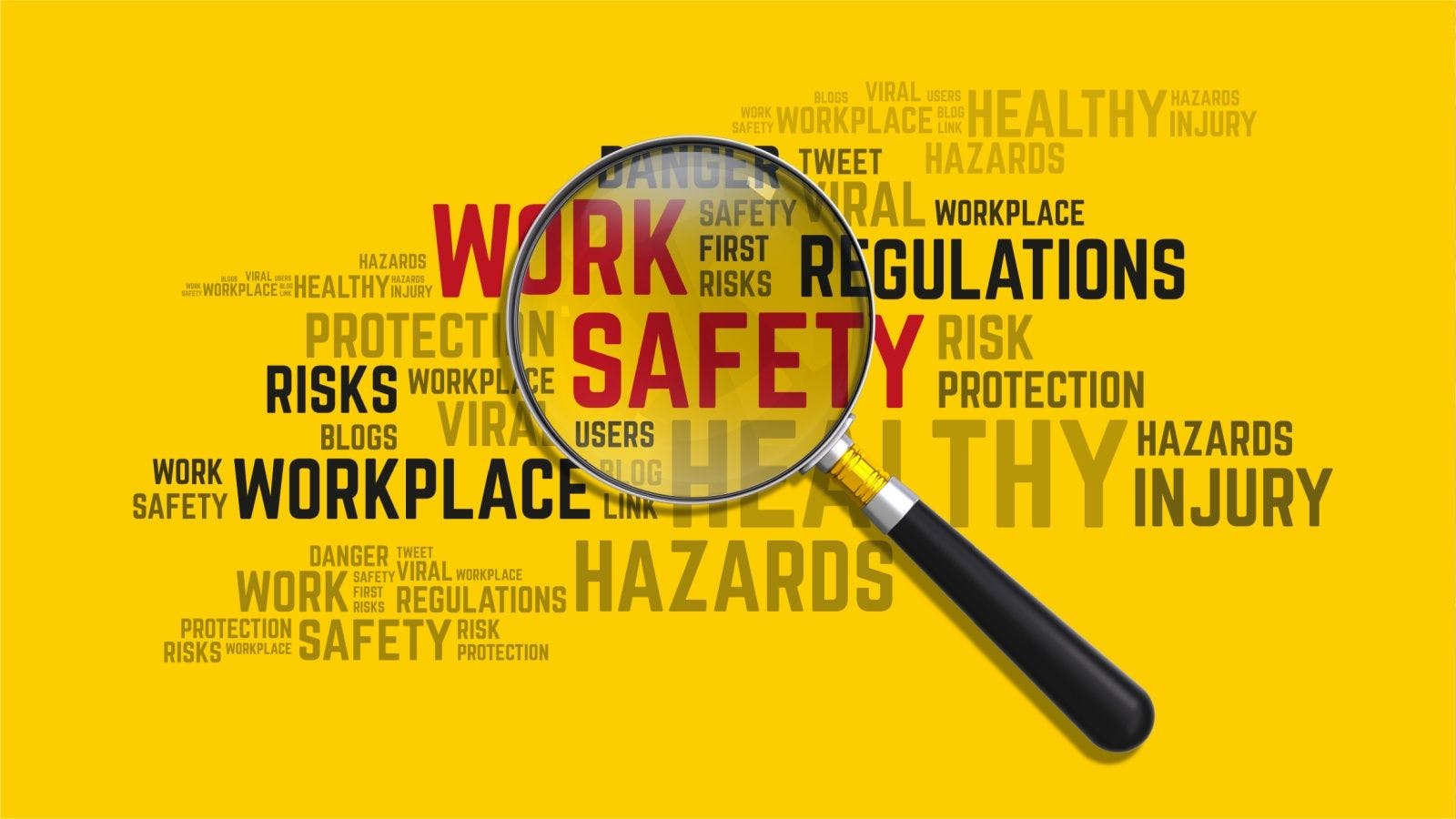
Preparing a Construction Business to Survive a Disaster
Imagine answering the phone in the middle of the night and a voice says, "The office is on fire." That's the call a construction business owner does not want to get, especially if it’s followed by, "It’s a total loss.”
All financial records, HR records, plans for current and past construction projects, bids being worked on, safety records, the computer network—everything is gone. What is the next step, when all that remains is a pile of rubble and numerous projects are either in progress or on the drawing board? Insurance may cover the physical assets along with some loss of income and extra expense coverage. But how does a contractor get back on his feet after the heart of his business has been ripped out? Many contractors never consider the impact of a disaster happening to their business.
According to a study by the U.S. Small Business Association, up to 60 percent of small businesses fail following a significant loss. Large companies are more likely to address these exposures because they have dedicated risk management departments, but many smaller companies have insurance limits that are inadequate.
There is a process to managing risk, such as the five steps of risk management, which forces business owners to manage risk before rushing into the financing and the insurance policy. For example, one way to manage the risk of a business interruption is:
- Identify. What are the risks to the business if a major fire occurs? The company would lose its customers and the cash flow needed to run the business. Employees would seek jobs elsewhere because they can’t be paid.
- Analyze. What will it take to keep the company in business? The owner needs to create an income/extra expense worksheet and consider a realistic worst-case scenario timeline as to when he will be able to resume operations.
- Control. What can be done to control the loss and damage to the business? Develop a disaster plan, which may include temporarily running the business from job trailers, if needed. Consider methods to serve customers by collaborating with a similar business or a trusted subcontractors. All company records need to be backed up in the cloud.
- Finance. How does the company survive financially? It survives by purchasing adequate insurance coverage based on thoughtful analysis.
- Measure. How are results measured? Results are measured by reviewing the plan regularly so it stays fresh and current.
Business interruption insurance replaces lost net income as well as ongoing regular operating expenses. Extra expense coverage covers costs beyond lost business operations, such as relocating the business, expedited shipping, overtime pay and other expenses that minimize downtime. It's also important to consider how it will serve the customers, so as to not lose them if they can't get service. And once gone, they rarely return.
When evaluating business interruption/extra expense coverage, consider several key factors:
- The type of business. The need for business interruption insurance for a manufacturer, for example, will likely look very different from the policy designed for a contractor.
- Policy limits. Make sure the policy covers the right expenses and length of time it would take for a business to get up and running.
- Financial Impact. Consider total business expenses if there is an interruption. Business interruption insurance is divided into two coverage parts: business income that would have been earned based on past financial performance and extra expense for costs that are beyond the normal operating expenses.
- Review Exposures. In addition to fire, other perils such as a tornado or hurricane also need to be considered. Organizations should determine if they have the appropriate insurance coverage and controls in place. This process includes completing and updating a business interruption/extra expense worksheet. Don't overlook supply chain logistics and how a disruption might affect the business.
Every organization should have an effective business continuity plan that:
- identifies risks;
- conducts an analysis of the impact on the business;
- adopts controls to prevent and mitigate risk; and
- prepares employees for emergencies by testing and improving procedures regularly.
Proactively addressing business interruption risks and ensuring the business is protected can be a tough task, but it could be the difference between surviving or closing a business after a disaster.
John F. Kennedy said, "The best time to fix the roof is when the sun is shining." That is great advice—and good risk management.
Related stories








